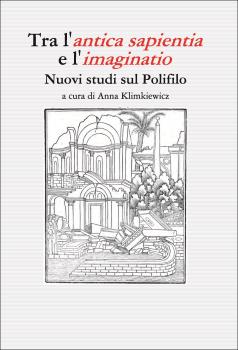Archaeology and Immersion: Poliphilo’s Staircase to Knowledge .......... 159
Synopsis
In questo saggio si cerca di situare l’Hypnerotomachia Poliphili nell’ambito degli studi antiquari del Quattrocento. A questo scopo, si esamina l’influenza dei volumi topografici di Flavio Biondo Roma instaurata e del trattato De re aedificatoria di Leon Battista Alberti; inoltre si confrontano le xilografie dell’Hypnerotomachia con i disegni di Ciriaco d’Ancona e di altri antiquari. A livello teorico e artistico, si può mostrare il modo innovativo in cui l’Hypnerotomachia amplia la teoria dell’architettura di Alberti, descrivendo e integrando sistematicamente le emozioni dello spettatore attraverso l’immersione di Polifilo nei monumenti che incontra. Un ruolo importante in questo processo è svolto dal Trattato di Architettura di Filarete, che per la prima volta si occupa della capacità creativa dell’artista, della sua fantasia. Sia le illustrazioni del trattato di Filarete che la narrazione sembrano aver avuto una certa influenza sull’autore dell’Hypnerotomachia. È soprattutto la struttura dialogica, allora molto popolare, a evidenziare come la conoscenza dell’arte e dell’antichità può essere presentata al lettore in modo convincente. Il risultato più importante per la storia degli studi classici è il metodo di acquisizione della conoscenza dell’antichità, che si rivela nell’incontro di Polifilo con i quattro obelischi. Qui l’Hypnerotomachia combina i concetti aristotelici di epistéme e fantasia per stabilire un nuovo campo di studi. Fin dalla sua prima edizione, il design sofisticato e il modo di narrazione hanno contribuito a diffondere una nuova idea di archeologia tra gli studiosi europei.





